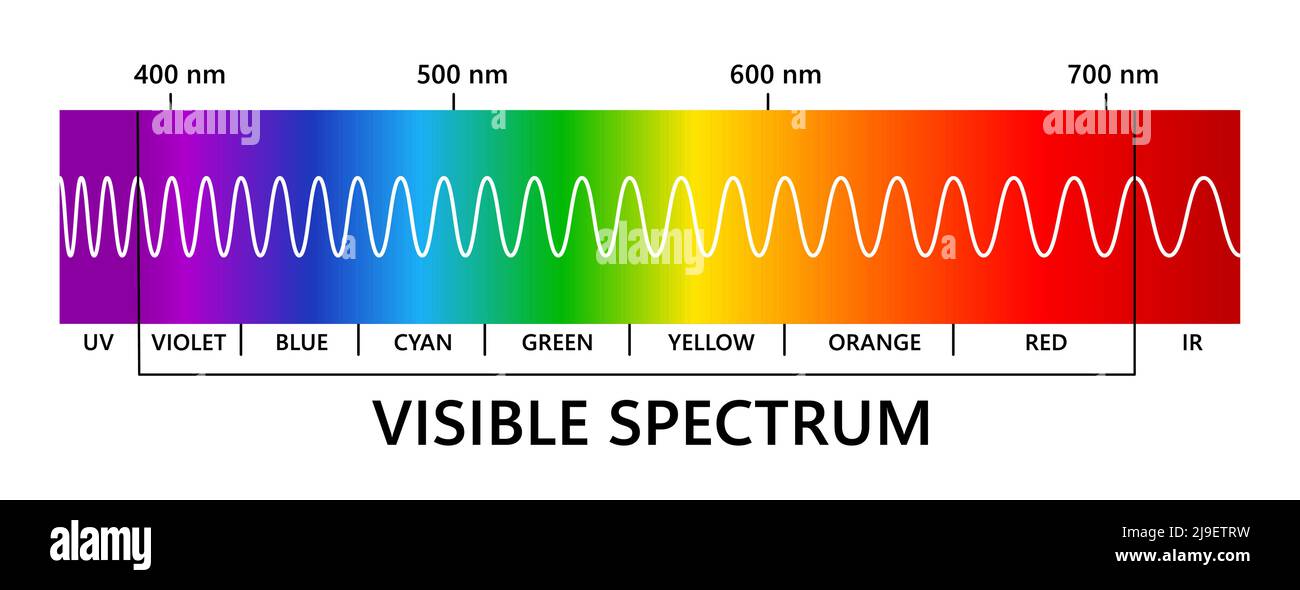
Red has the lowest energy and violet the highest.īeyond red and violet are many other kinds of light our human eyes can’t see, much like there are sounds our ears can’t hear. Your brain interprets the various energies of visible light as different colors, ranging from red to violet. Your eyes detect electromagnetic waves that are roughly the size of a virus. A third is energy, which is similar to frequency in that the higher the frequency of the light wave, the more energy it carries. These properties are closely and inversely related: The larger the frequency, the smaller the wavelength - and vice versa.

Another is wavelength, the distance from the peak of one wave to the peak of the next. One is frequency, which counts the number of waves that pass by a given point in one second. As a wave, light has several basic properties that describe it. Light travels in waves, much like the waves you find in the ocean. That’s about as far as a car will go over its lifetime, traveled by light in a single second! How We Measure Light Other types of light include radio waves, microwaves, infrared radiation, ultraviolet rays, X-rays and gamma rays - all of which are imperceptible to human eyes.Īll light, or electromagnetic radiation, travels through space at 186,000 miles (300,000 kilometers) per second - the speed of light. The light we can see, made up of the individual colors of the rainbow, represents only a very small portion of the electromagnetic spectrum. In fact, most of the light in the universe is invisible to our eyes. The electromagnetic spectrum describes all of the kinds of light, including those the human eye cannot see. It includes wavelengths of energy that human eyes can’t perceive. The electromagnetic spectrum consists of much more than visible light. These observations enable astronomers to determine certain physical characteristics of objects, such as their temperature, composition and velocity. The Hubble Space Telescope can view objects in more than just visible light, including ultraviolet, visible and infrared light. Since we are not able to travel to a star or take samples from a faraway galaxy, we must depend on electromagnetic radiation - light - to carry information to us from distant objects in space. Telescopes are light collectors, and everything we know from Hubble is because of light. Even in nature, light carries many kinds of information. Car radios use light to receive music from nearby radio stations. Wireless routers use light to send pictures of cats from the internet to your computer. Cell phones use light to send and receive calls and messages. Light carries information in ways you may not realize. Four Successful Women Behind the Hubble Space Telescope's Achievements.

Characterizing Planets Around Other Stars.Measuring the Universe's Expansion Rate.


 0 kommentar(er)
0 kommentar(er)
